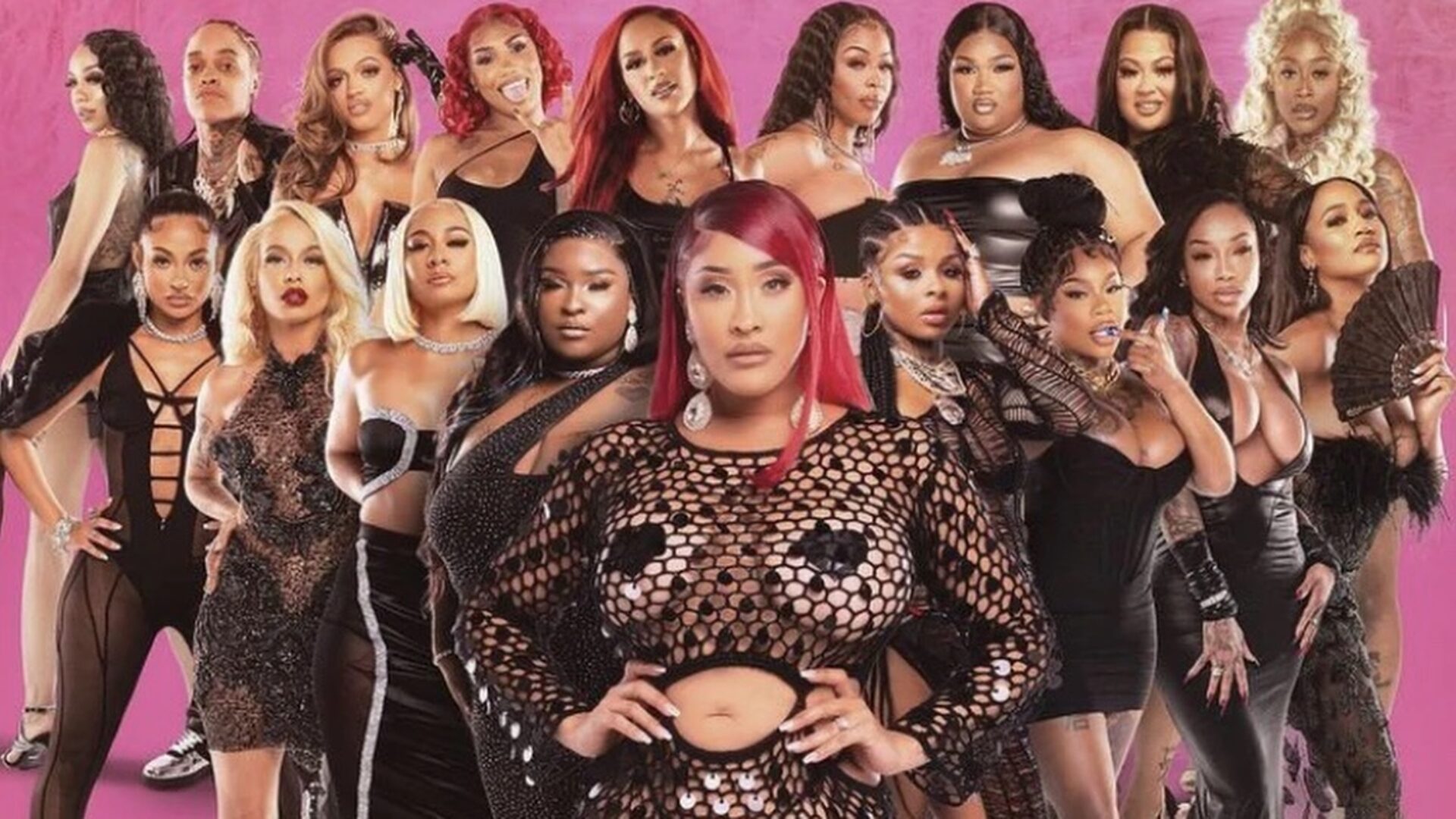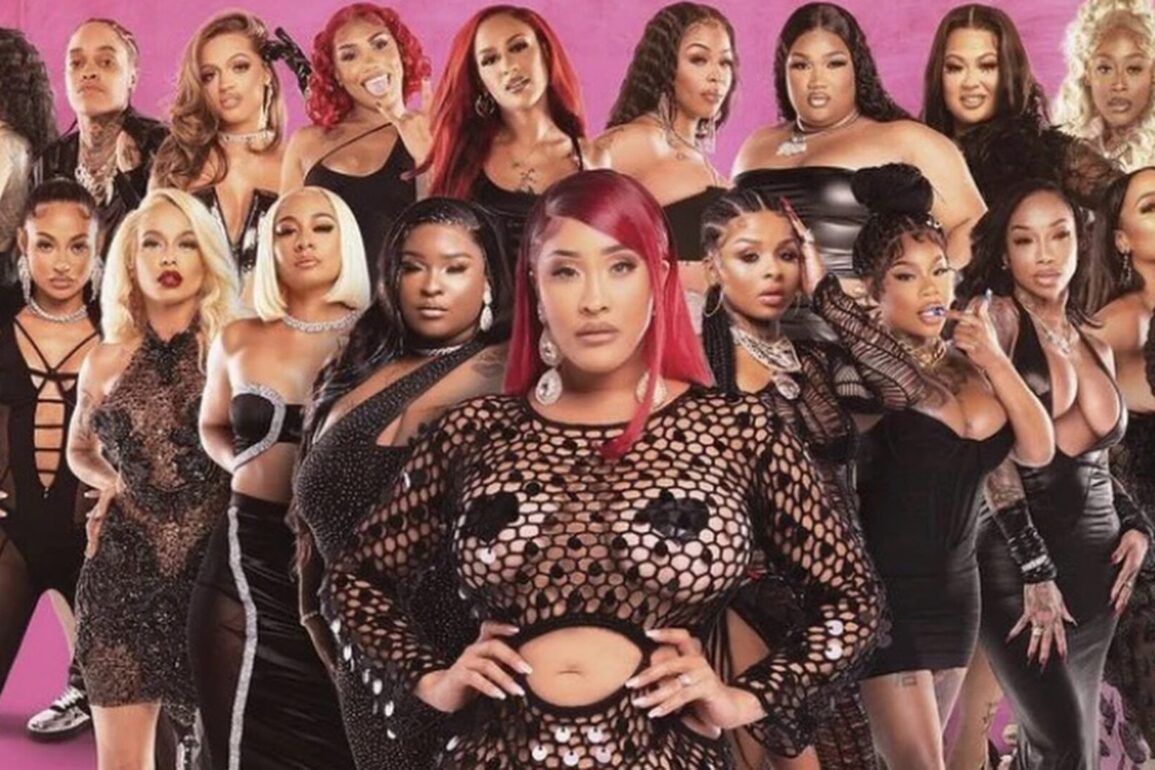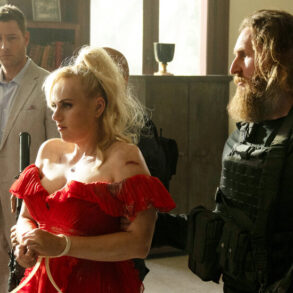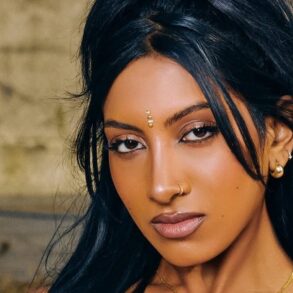
Suppose you grew up as a reality television show connoisseur. In that case, it seems like yesterday when Oxygen’s Bad Girls Club hit our screens. From the moment we heard the theme song and saw the opening fight, it transported us into the world of the no-nonsense girl who was ready to shake things up at any given moment.
The show aired for 17 seasons, and numerous bad girls graced our screens, including Tanisha Thomas, Mehgan James and Natalie Nunn. While the era of Bad Girls Club concluded in 2017, a new archetype, known as the “baddie,” rose. In the late 2010s, being a baddie meant you looked good, got to the bag and stood on business if things got tough.
The Baddies reality series picked up where the residual energy of BGC left off in 2021 on The Zeus Network, home of series like Joseline’s Cabaret, The Conversation and Bobby I Love You Purrr. Conceived by BGC veterans Thomas and Nunn, the show presented an opportunity to reunite other OG bad girls under one roof as an unofficial spin-off of the original show. Baddies is a metaphorical journey of “getting to the bag,” which is code for going out and doing promotional club events.
If you were an avid watcher of BGC, then this roommate style setup was previously introduced. The goal was for the girls to get to the “bag” as they would embark on a series of nightlife outings. Cast members would attend different clubs to party with fans and drink to the tune of “baddie baddie shot o’clock.” The first season of Baddies brought back infamous personalities we remember from BGC. However, the original group did not appeal to viewers after seeing our fan-favorite OG bad girls still fighting and maintaining the same backdrop BGC. As the show went back to the drawing board for season two, Baddies South, we met an all new cast.
With Nunn at the helm as an executive producer, she introduced viewers to women such as Chrisean “Rock” Malone, Gia “Rollie” Mayham and Scotlynd “Scotty” Ryan. Part of the allure of Baddies was that it meant we potentially would get a chance to relive nostalgia with fresh faces on-screen. Though the show has become a phenomenon online, it is not because Baddies delivered on its promise. The ongoing altercations have become the catalyst to high viewership and trending news across social media.
This is not the first time reality TV has sparked controversy, and certainly is not the last. This feels even more amplified due to the show’s high energy pacing, where the sole focus is yelling-turned-physical fighting for 45 minutes straight. In an interview with The Breakfast Club, Nunn and Zeus CEO Lemuel Plummer explained why the series has become an obsession for viewers. “Our audience resonates with our content because it’s real,” Plummer says. “A lot of networks water down their content, censor it, the talent doesn’t come off authentic, and that makes a difference.”
The ultimate goal seems to be a “bag” that doesn’t exist, while the cast members are filled with drugs and alcohol and placed in vulnerable states for harmful conflicts with each other on camera.
The show involves the introduction of young women into the series, essentially turning it into a kind of fight club. Viewers witnessed this dynamic through the Baddies Audition specials, where girls had to articulate why they deserved a spot on the show, often culminating in battles with other contestants and even the judges. Through conflicts in auditions, the setting becomes more dangerous than productive.
Although there are certain limitations with traditional reality television, the actual difference is that those network shows allow the audience to see different layers of each cast member. The Baddies series has become a spectacle where young, hungry women look to find their way on social media without knowing they are signing on for weeks of overstimulation and mistreatment. The problem remains that we do not get to know these girls beyond their drama and physical fighting throughout each Baddies franchise due to a lack of storytelling and over-rushed editing.
The latest season’s new cast members, Etheria “Scarface” Ruffin and Krystal “Smiley” Borrego, are examples of this. Since the two joined the show, they have been subject to hazing, multiple arguments, and online backlash. Yet and still, both of the women maintained that they wanted to stay on the show, regardless of the chaos they endured. With social media fueling many of the issues in the series, we’re seeing its impact in real time.
As fans continue to watch these women in each episode, the question remains: Is the bag really the end goal? Throughout this recent season of Baddies East, not only have there been back-to-back scuffles, but we’ve seen women in some of the most vulnerable states, such as Chrisean Rock conspiring to have her sister and fellow cast member Latifa “Tesehki” Malone jumped or Borrego having a seizure on camera.
Getting to the bag has a higher risk as the season progresses, and it does not seem to have an end goal outside of who the “best fighter is.” Becoming a Baddie has turned into a setting that looks entertaining to a viewer, but we don’t see the mental and physical harm that is being inflicted upon these women.
As a result, we’re continuing to see a new cycle of women hitting our screens and timelines, but we still don’t know who they are beyond each altercation. When you think about the violence on screen, splitting a club promotional check and gaining Instagram followers does not seem like fair compensation.
About the Author: Kenyatta Victoria is the lead writer for Essence GU, working on all things pop culture, politics, entertainment and business. Throughout her time at GU, she’s garnered devoted readers and specializes in the Zillennial point of view.
This post was originally published on this site be sure to check out more of their content.









